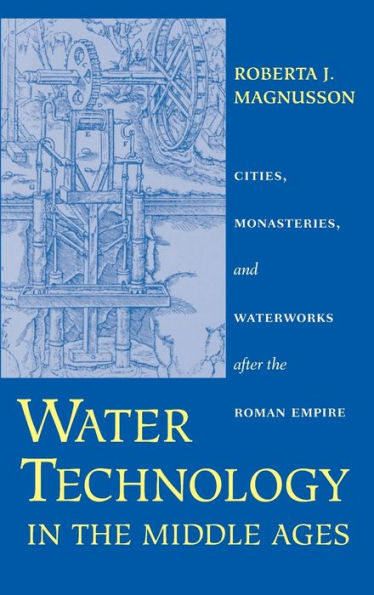Mindful of theoretical questions about what hastens technological change and how society and technology mutually influence one another, the author supplies a thoughtful and instructive study. Archeological, historical, and literary evidence vividly depicts those who designed, constructed, and used medieval water systems and demonstrates a shift from a public-administrative to a private-innovative framework—one that argues for the importance of local initiatives.
"The following chapters attempt to chart a course between the Scylla and Charybdis of technological and social determinism. While writing them, I have tried to strike a balance between the technical and human aspects of medieval hydraulic systems, and to remember that beneath the welter of documents and diffusion patterns, configurations and components, ordinances and expenditures, lie the perceptions, the choices, and often the plain hard work of individual men and women." —from the Preface
Mindful of theoretical questions about what hastens technological change and how society and technology mutually influence one another, the author supplies a thoughtful and instructive study. Archeological, historical, and literary evidence vividly depicts those who designed, constructed, and used medieval water systems and demonstrates a shift from a public-administrative to a private-innovative framework—one that argues for the importance of local initiatives.
"The following chapters attempt to chart a course between the Scylla and Charybdis of technological and social determinism. While writing them, I have tried to strike a balance between the technical and human aspects of medieval hydraulic systems, and to remember that beneath the welter of documents and diffusion patterns, configurations and components, ordinances and expenditures, lie the perceptions, the choices, and often the plain hard work of individual men and women." —from the Preface

Water Technology in the Middle Ages: Cities, Monasteries, and Waterworks after the Roman Empire
256
Water Technology in the Middle Ages: Cities, Monasteries, and Waterworks after the Roman Empire
256
Product Details
| ISBN-13: | 9780801866265 |
|---|---|
| Publisher: | Johns Hopkins University Press |
| Publication date: | 01/04/2002 |
| Series: | Johns Hopkins Studies in the History of Technology |
| Pages: | 256 |
| Product dimensions: | 6.00(w) x 9.00(h) x 0.80(d) |
| Age Range: | 18 Years |
